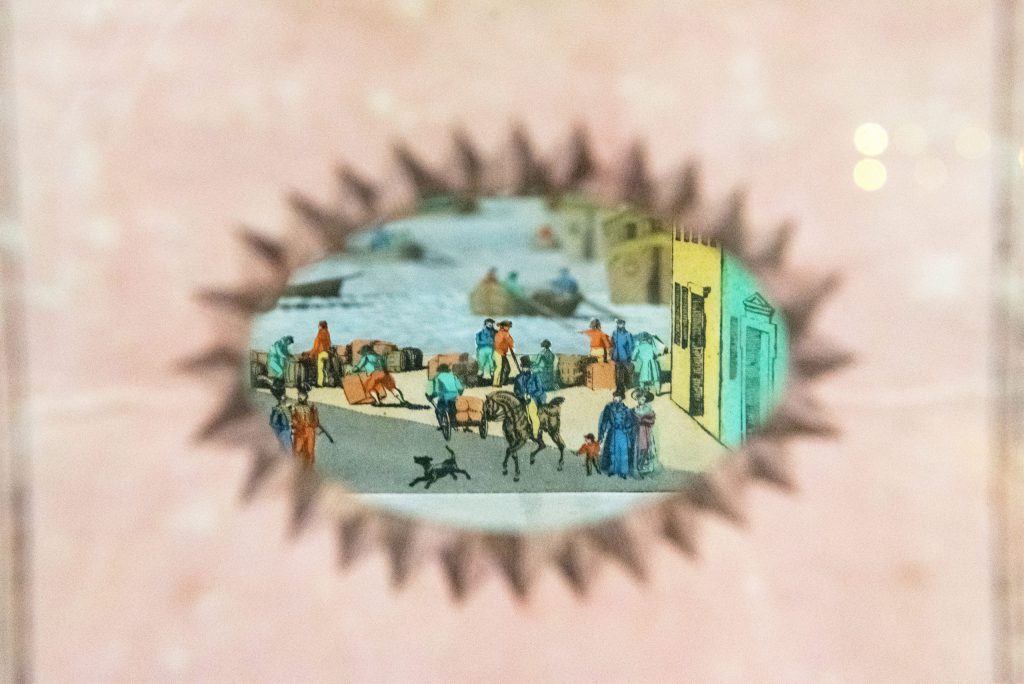The Brunel’s Thames Tunnel was called the Eighth Wonder of the World and attracted plenty of visitors – both during its construction and once it was built. For #SouthAsianHeritageMonth we take a look at one visitor, Motilt Singh, the first Nepali to migrate to London
Motilal Singh was born in Bhaktapur in the Kathmandu valley, and was 19 when he fought in the Anglo-Nepali war. He was wounded, captured and imprisoned. Appreciating the bravery and valour of their opponents, the East India Company formed the first battalion of Gurkhas in 1815, which Motilal joined. There he learnt to speak English. Later, he married in Calcutta (Kolkata) and had several children.
Motilal would have lived happily with his family if it were not for an English captain who persuaded him to move to Britain. Those days the East India Company needed ‘Lascars’ (the term given to sailors from India and south-east Asia) to sail the ship or to work as militiamen, and they thus formed the first group of migrants from Asia in Britain. Motilal was given the false impression that he would be able to collect huge amounts of gold and return home. Instead, he lost his money and was left ‘neglected and despised in a strange land … in the cold streets of London, hungry often, often athirst … ’
In a surprising turn of events, Motilal came across the members of the Nepali mission on 27 May 1850 and soon after was rescued from London’s St Paul’s Churchyard, where he had been living for years as a crossing sweeper. In Victorian times, the beggars in the street of London included those from poor families, children and also ‘Hindus, Lascars, or Orientals of some sort’.
Several newspapers sensationalised the story: ‘Everyone who has passed through St Paul’s Churchyard to Cheapside on a rainy day, when birch brooms are very much in requisition, must have noticed the well-known Hindoo crossing sweeper … He now appears in the carriage of his Excellency every morning arrayed in a new and superb Hindoo costume … ’ Motilal was taken to Richmond Terrace in Westminster, where the Nepali Embassy was housed. He was a valuable member of the mission and visited many places as an informal interpreter. It is safe to say that meeting Jang Bahadur in London changed Motilal’s life altogether.
Motilal mentions several events which give some idea about Victorian London. The London underground system, which came into operation much later, was already being built. The party crossed the Thames using a tunnel constructed by a ‘clever Frenchman’ (Marc Brunel, father of Isambard Kingdom Brunel). The party crossed the Thames using a tunnel constructed by a ‘clever Frenchman’ (Marc Brunel, father of Isambard Kingdom Brunel).
‘…A long distance then we went, through a thickly- populated town, smelling of tan, till we came again to the river-side, where, descending by winding stairs till we lost the light of day, we entered the place called ” Tunnel.” The English are so fond of variety that, being tired of going over the Thames on bridges, they resolved to pass under it through holes. For this reason they lured a clever French- man to construct them a road under the water. It cost them many millions of their money, and now that it is finished they make no use of it for the purpose for which it was intended. There are many other things in London that, in this respect, resemble the ” Tunnel.”‘
This blog has been reproduced with the consent of the author Krishna Adhikari. It is an abridged version which appeared originally for the Migration Museum.
Do you have a story relating to the Brunels and #SouthAsianHeritageMonth? Get in touch at hello@thebrunelmuseum.com to share your story.

